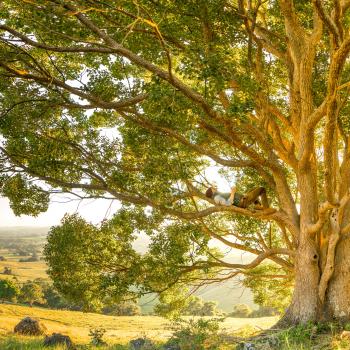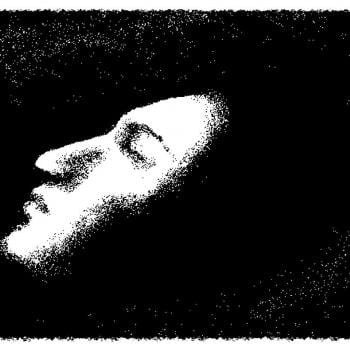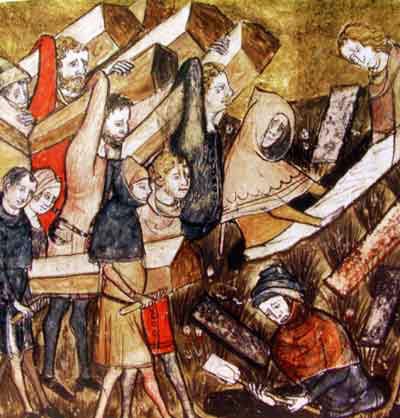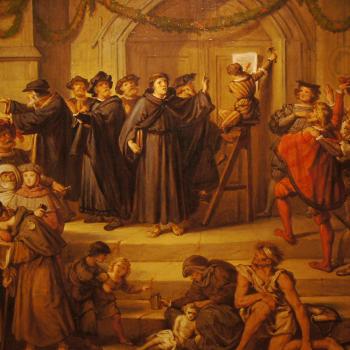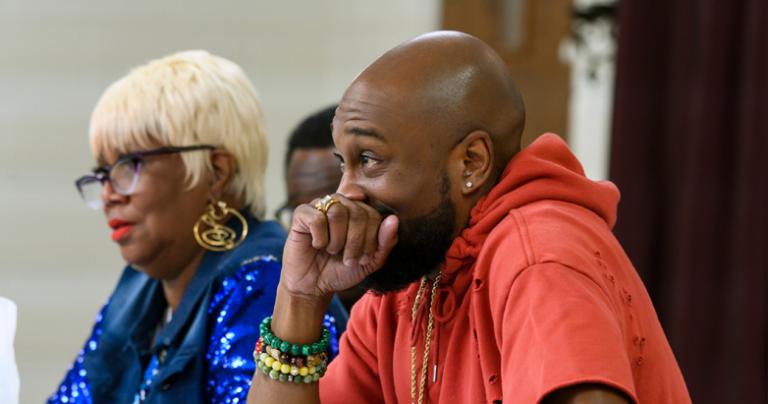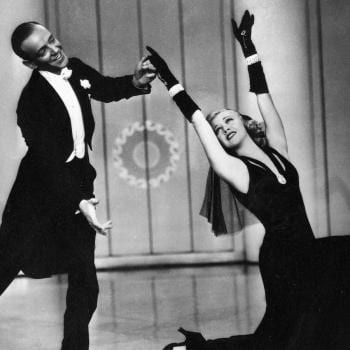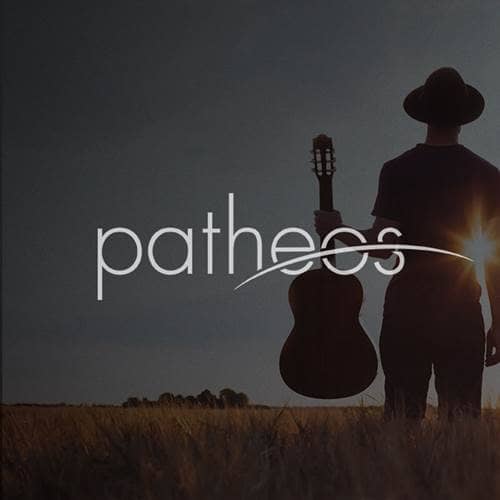- Trending:
- Pope Leo Xiv
- |
- Israel
- |
- Trump
- |
- Social Justice
- |
- Peace
- |
- Love

RELIGION LIBRARY
Scientology
Rites and Ceremonies
Rites and ceremonies were secondary considerations for Scientology, which developed liturgies as needed. Meanwhile, holidays have been designated to commemorate important dates in the church's evolution.
Rituals and worship have not been integral to Scientology, but as the church evolved through its early years, it saw a need (as have other first-generation religions) to begin to mark important events in the life in a manner appropriate to Scientology's understanding of reality. In 1970, the Church issued an initial volume, The Background and Ceremonies of the Church of Scientology of California, World Wide. A mere sixty-six pages, it offered guidance for conducting services for weddings, the naming of a child, and funerals. There were also some suggestions for the holding of a celebration of a human rights day. Also, by this time, the church was initiating Sunday gatherings, analogous to Sunday worship in the dominant religions in the lands into which Scientology had expanded, in its local churches. The 1970s text covered Sunday services and offering some limited guidance in only a few pages.
Over the next quarter of a century, as the church continued to expand, additional thought was given to the role of religious gatherings in the context of Scientology, and in 1999 the church issued a massive new edition of its service book under the title, The Background, Ministry, Ceremonies and Sermons of the Scientology Religion. To the basic naming, wedding, and funeral services, a service for the ordination of ministers was added, while the great majority of the book was given to the Sunday Services, which in the new century have taken on a heightened importance, though not nearly to the degree of some more familiar religions such as Christianity. In Scientology, there is no virtue assigned to attendance at Sunday services. They are held for those who find them meaningful, which remain a small percentage of the faithful.
Sunday services have, since 1999, assumed a significantly more formal nature, consisting of a reading of the Creed of the Church of Scientology, a sermon (a reading from the words of L. Ron Hubbard), a simple Scientology exercise (process), and a concluding prayer, "The Prayer for Total Freedom," addressed to the "author of the universe." The various elements of the service leave almost no room for extemporizing, the ceremony book containing the full text of each component that is read by the officiating minister. Music at the beginning and end of the service is optional.
The several special services -- the naming of a child, weddings, and funerals -- are all conducted in such a way as to acknowledge the understanding that each person is a free spirit (thetan) who comes into a body, acts in that body, and eventually leaves it behind for another body.
Four times a year, the entire church pauses to remember highlights of its history. Foremost, the church celebrates the birthday of its founder (March 13). This day is the most heralded celebration of the year, with invitations sent out beyond church membership and friends and family welcomed to local churches where a party-like atmosphere prevails. The birthday celebration at the different churches is often tied by television or video to a central celebration in Clearwater or Los Angeles and the announcement of wins by the church during the previous year becomes part of the celebration. In a similar manner, the publication of Dianetics, considered a seminal event in human history, is acknowledged annually on May 9.
Auditors, the counselors whose work is so integral to life in the church, are acknowledged annually on the second Sunday in September. This is a more internal celebration, as those outside the church have little understanding of the auditor's role. Auditor's Day, though held on a Sunday, is a separate event from the Sunday service that day.
Finally, On October 7, Scientologists acknowledge the work of the International Association of Scientologists (IAS) in defending the religion from attacks launched by the media, governments, courts, or the cult awareness movement. Founded at a time of crisis, IAS has been kept busy by the ongoing controversies into which the church has been thrust. The IAS organizes an annual anniversary gathering at which its accomplishments over the previous year are celebrated and "Freedom Medals" awarded to individuals who have worked on various IAS issues. The celebration is broadcast via closed circuit television to the membership worldwide.
Besides these four main holidays, there are a number of additional days when lesser celebrations are held, commemorating, for example, the founding of various activities such as Narconon, Criminon, the Flag Land Base, or the Sea Organization. Sea Org Day, the celebration of which is largely limited to its members, provides a time for them, among other activities, to publicly renew their commitment to Scientology (the billion-year covenant). Another holiday acknowledges the work of the Celebrity centers, special churches established to assist people in the entertainment industry or who otherwise have a high profile attain Scientology services and/or express their religious sentiments outside the spotlight under which they live. Many well-known Hollywood celebrities practice their faith at one of the church's twelve (as of 2009) Celebrity centers.
Study Questions:
1. What is “The Background and Ceremonies of the Church of Scientology of California, World Wide,” and what does it teach?
2. What is the role of Sunday services within Scientology? Who attends?
3. Why do certain occasions have special services? What underlies and connects them?
4. What is significant about October 7th?
5. Describe a few of Scientology's holidays.


